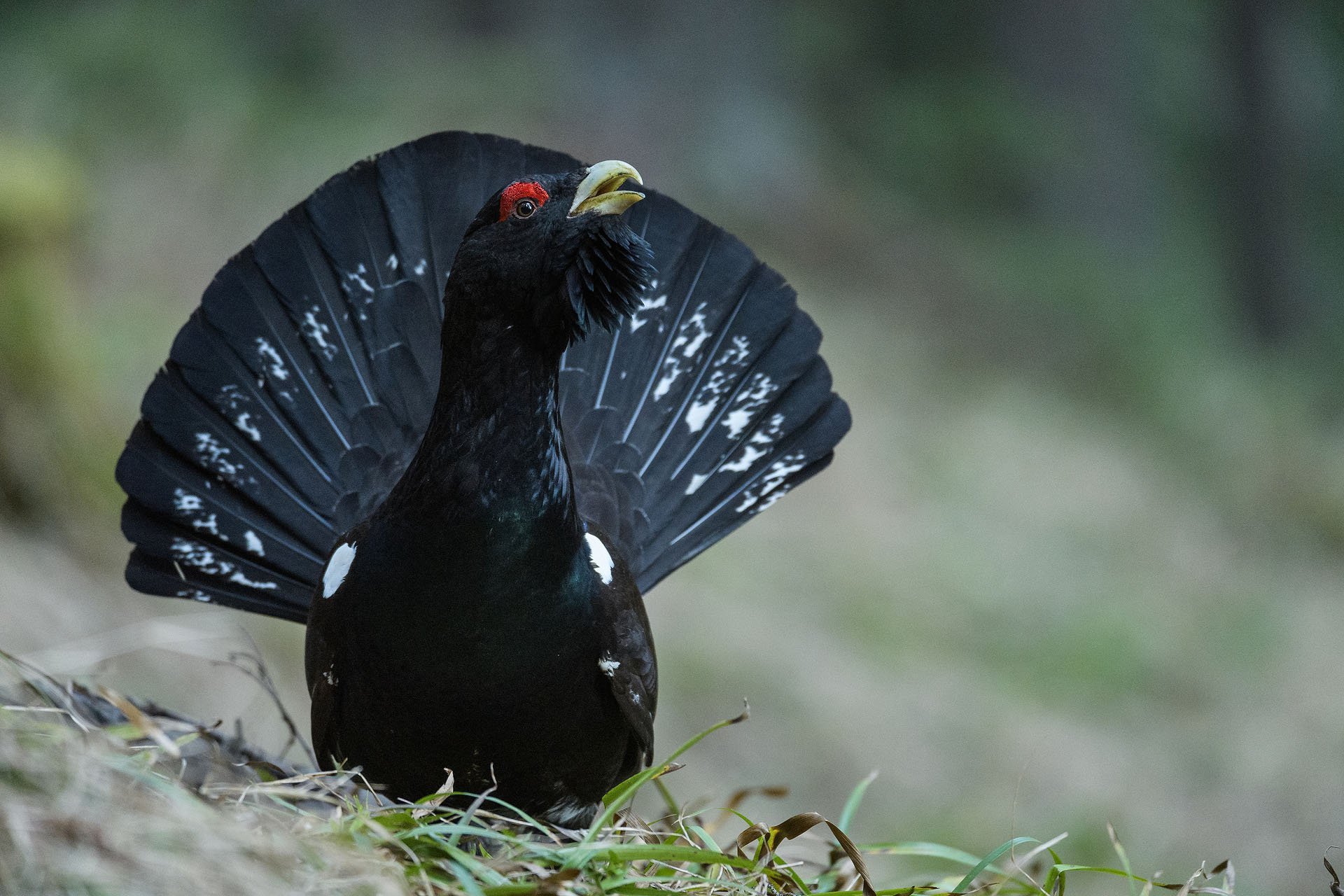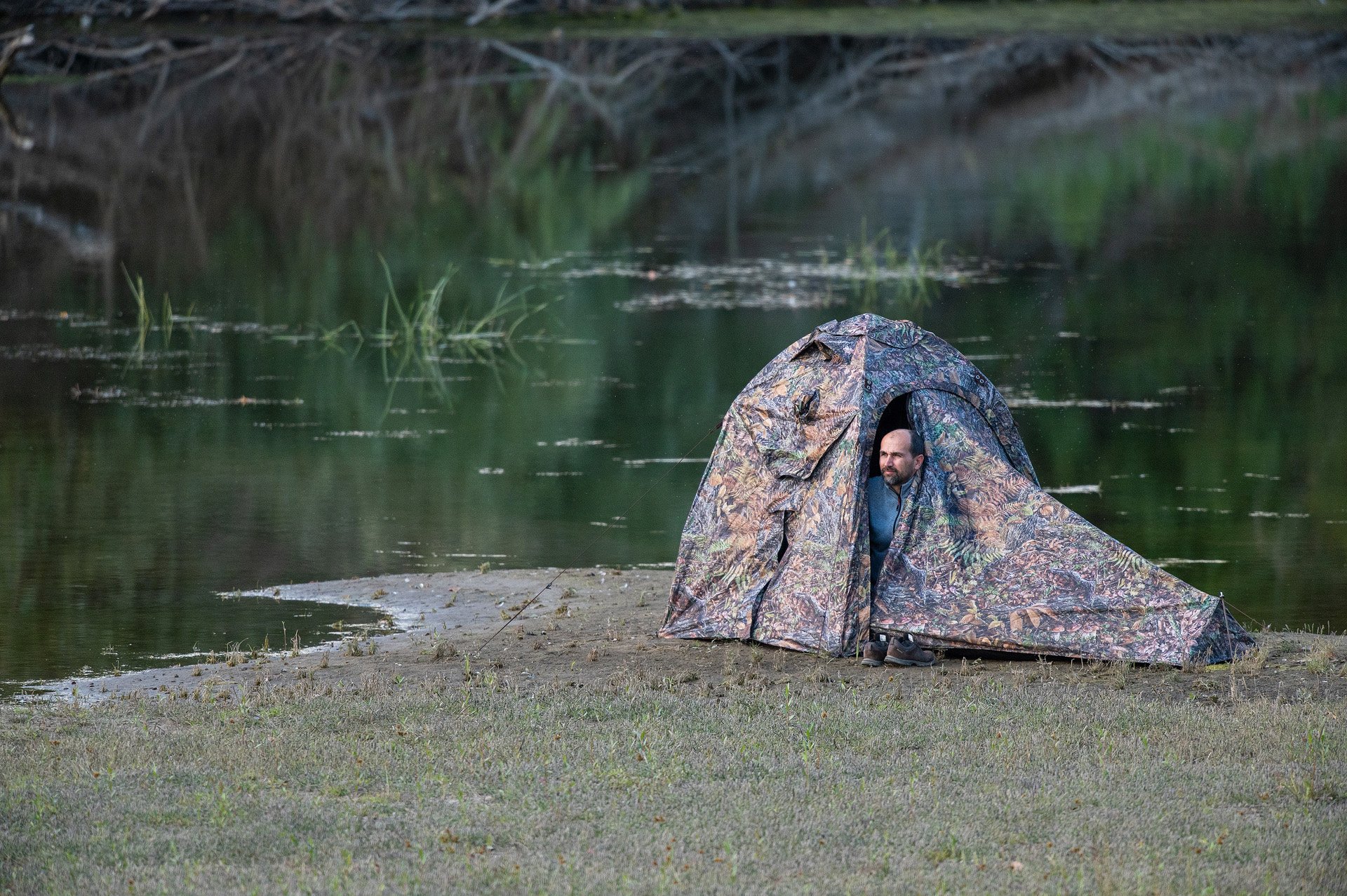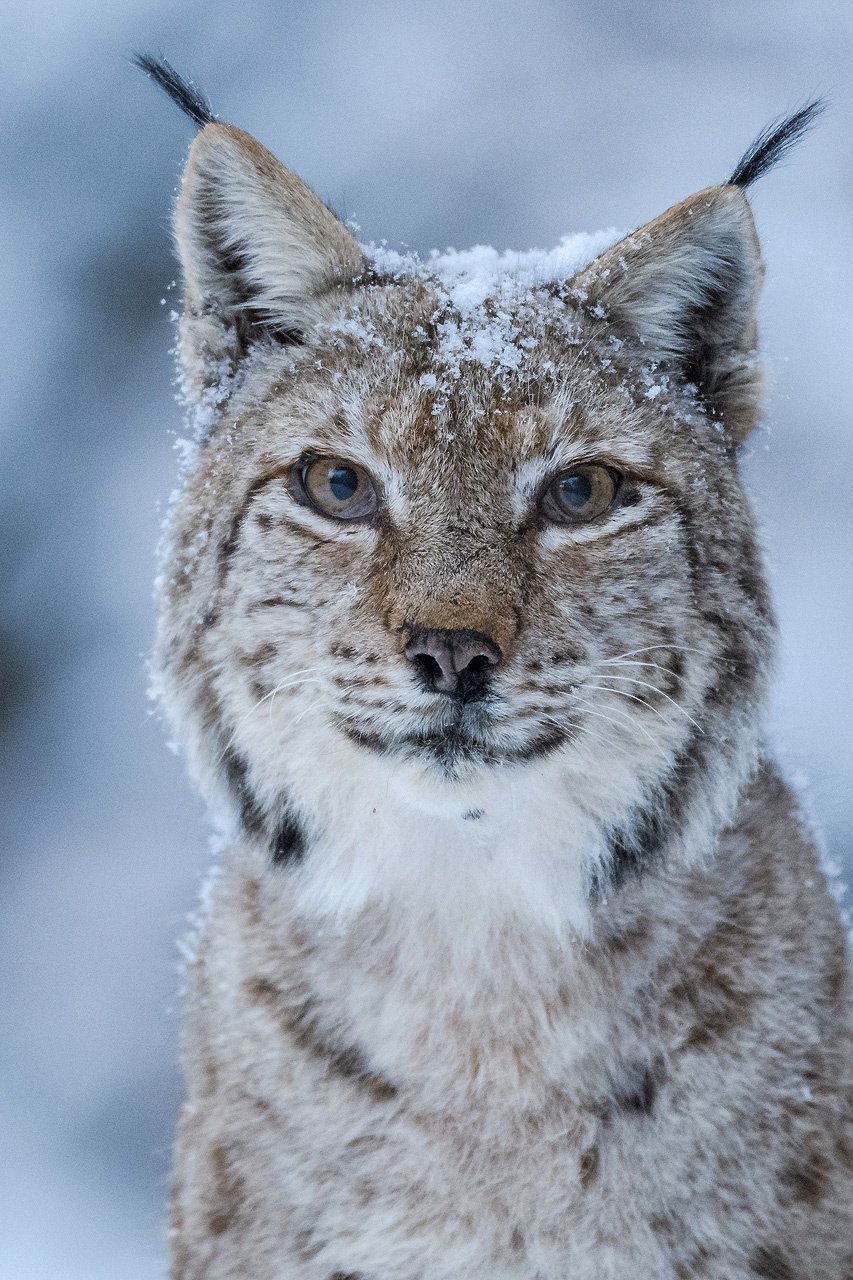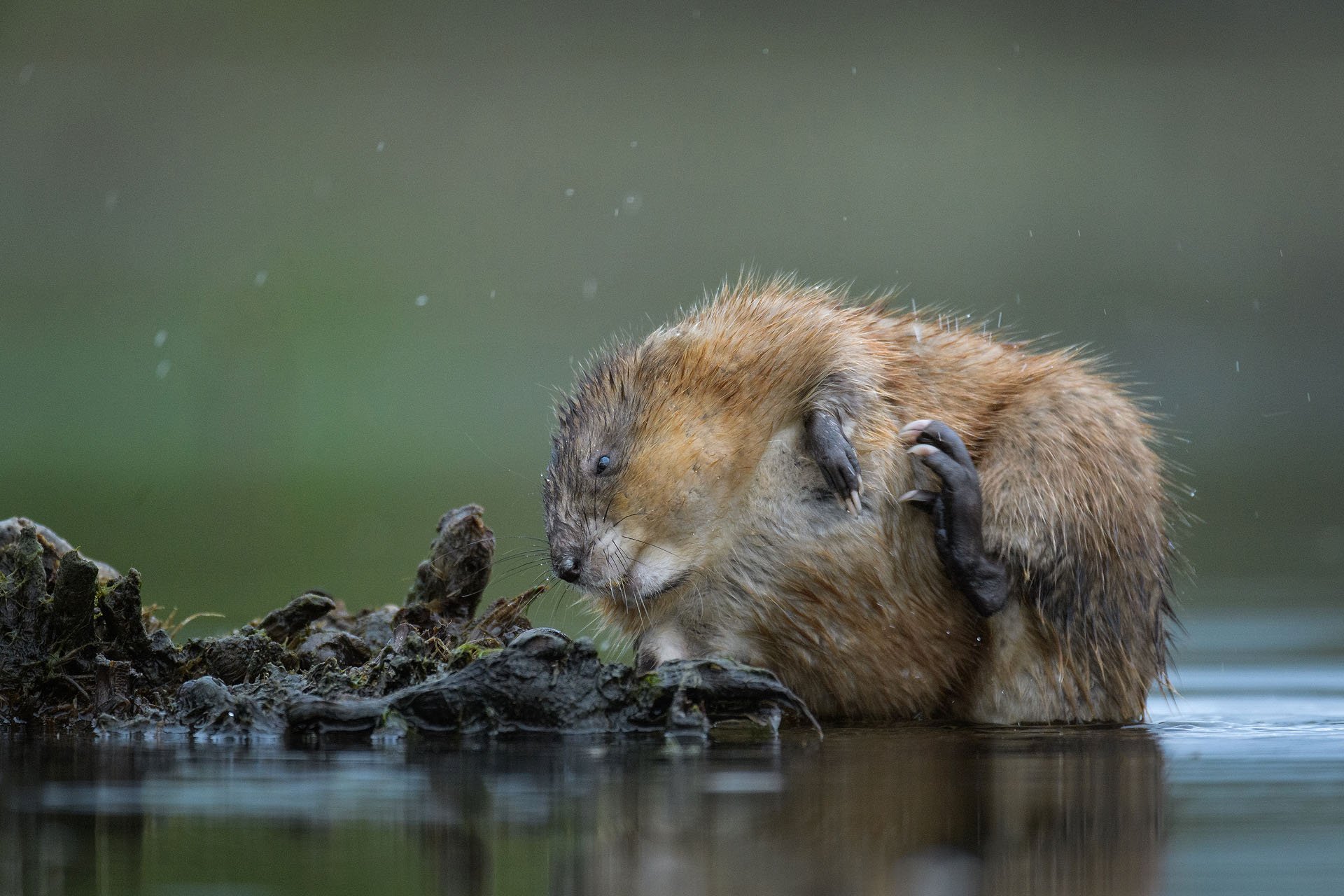Words: Catalin Gruia
Photos: Dan Dinu
August 2023
On paper, things may look perfect: 13 national parks, 14 nature parks, two geo-parks, several hundred Natura 2000 sites (covering Romania’s most valuable and threatened species and habitats), and reserves of local interest. In Romania, you can find the Danube Delta, Europe’s largest wetland (which makes up 33% of the length of the Danube), 50% of the Carpathian chain, and 65% of the virgin forests of the European Union. Almost a quarter of Romania is declared a protected area. But if you look a little closer, you see that national parks occupy only 1% of the country’s territory, and strictly protected areas are very few.
Yes, Romania is “the real Noah’s Ark” of the continent’s biodiversity, but more and more species, from the Eurasian lynx (Lynx lynx) to the European bison (Bison bonasus) or even the Romanian hamster (Mesocricetus newtoni), risk disappearing. Our nature is rich, but we dedicate too little money to protect it – and seem to be in no rush to change anything.
Who can explain how things are in reality? After spending 450 days throughout 10 years – through 45,000 km – in 30 of the country’s most important protected areas, nature photographer Dan Dinu knows the situation on the ground better than most people. He is the director of Romania’s most famous and elaborate wildlife documentary film, “Wild Romania,” offering unique images from spectacular regions and singular stories about the country’s biodiversity. Dan Dinu has been practicing wildlife photography for over 20 years, learning by heart the true meaning of perseverance: waiting and listening to what nature has to say until the shot appears.


How did your passion for wildlife photography begin?
It all started with my interest in nature, fueled by little adventures from childhood when I was venturing through the forests. Later on, I discovered The Zoological Atlas, a book that influenced many children of my generation. It pushed us to dream of adventures in exotic jungles or remote deserts. Although I flirted with several photographic genres initially, I remained dedicated to nature, and, more recently, I took a step toward documentary film. It was a natural transition. Everything settled in 2010, when I began the Wild Romania project, which became the cornerstone of my career. Now, I use photography and film for conservation and educational projects. Beyond any coercive measure, education will help us most to change our perception of the importance of nature in our lives.
How difficult are wild animals to photograph in Romania, compared to fauna elsewhere?
It is not easy to be a wildlife photographer in Romania. Romania was the hardest for me compared to other areas of the world I’ve traveled to. Our animals are much more shy and hard to see. I took the first good picture of a bear only after I already had fine images of chimpanzees, black rhinoceros, or even a blue whale, certainly much rarer animals! Among the emblematic native species, lynx and wolves are the most difficult to photograph. Lynx, like any feline, know how to camouflage themselves – I have probably walked past them many times without even noticing them. On the other hand, wolves sense you (and avoid you) from a very long distance.
To photograph a lynx on the Piatra Craiului mountains, I once had to wait 24 hours (12 per day), in the winter, at -10 °C (14 °F). I used a camouflage tent and was frozen and numb because I couldn’t get out or move much. After two days, when barely a sliver of light was left, a lynx confidently came to the tent and offered me a magical portrait. An image that I did not dare to dream of and which became the emblem of the Wild Romania project.

And talking of Wild Romania, what was the most memorable or funniest adventure while filming the documentary?
After more than 10 years of completing the Wild Romania project, I have had countless adventures in the field. We were surprised by a flood in the Ponicova Cave. We were rained on and soaked to the skin innumerable times on the mountain. We were put to the test by strong winds in Făgăraș and Ciucaș. And much, much more…! Even if sometimes it was difficult for us, we had fun. At the end of the project, we decided to include all these adventures in a film that would tell our story and the making of the documentary. This film was very well received by the public and I hope it encourages those who want to take the first steps toward this field.
What do you think was the impact of the project?
The project’s two main components, the photo album and the documentary film, played a massive role in creating a community of passionate people who supported every step of the way. The photo album was initially intended for a smaller print run, but we doubled the initial print run following many pre-orders. We thus had the opportunity to donate over 600 albums to schools, libraries and environmental NGOs, and to print 9,000 albums so far. I am happy that this unique book about our country’s biodiversity has been so well received, and I hope it will influence new generations to appreciate and protect nature.
The documentary Wild Romania, the first film of this scope created exclusively by a Romanian team, was very well received by the public. It was released at the Transilvania International Film Festival (TIFF) in front of over 2,500 people. It was accepted to 20 major festivals and won eight awards. It was a unique opportunity for many spectators and film lovers to better understand Romania’s biodiversity.
Added to these primary components are photography exhibitions, conferences, a mobile app and many other minor things to take the project forward. What’s more, we founded the Wild Romania Association to be able to get involved in projects aimed at the protection and conservation of nature through a visual component. Through this project and the ones that will follow, we will also make a much-needed contribution to preserving a healthy nature.


What thought crossed your mind when you started working on “Wild Romania?”
We set off with a very altruistic idea: to show others what a beautiful country we have. It wasn’t long before I realized I didn’t fully know it either. This project made me understand nature better. I learned more about this field and made all the necessary connections to truly appreciate its importance in our lives. We often forget that we cannot exist without nature, and are part of it. It does not belong to us; we belong to it. Our arrogance took us to great heights, making us invent absolute comfort behind concrete and glass cities. But it also made us forget that we breathe nature, eat nature, and are nature. Without the 10 years I spent in the wilderness for this project, I probably wouldn’t have had the time to look at things so philosophically.
So why do we need wilderness?
Because we evolved as a species along with other animals and depended on them. We cannot go forward into an utterly dystopian future where we only eat synthetic products and breathe artificial air. We could be capable of this – we have shown that humanity can overcome any challenge – but now is the time to return to our roots and put all our intelligence to work to protect the wild. It’s not hard to do that. Sometimes, we only need to let nature thrive on its own, don’t harm it. She helps us unconditionally, sometimes without us even realizing it. Have you ever wondered how many extra insecticides a city would need to get rid of mosquitoes if there weren’t urban bats or woodpeckers and other insectivorous birds to eat them? Or how many rodents would thrive on the streets if nocturnal birds of prey or hawks did not keep their uncontrolled breeding in check? We’d probably put some speakers if we didn’t hear birds singing in the parks. They say we don’t truly appreciate what we have until we lose it. Let’s not get there; let’s protect what we have. The efforts to bring back the wilderness will be much greater than those to keep it as it is now.

I suspect there are few local species left that you haven’t encountered in your explorations. Is there an elusive one you dream of for your personal photo atlas?
Having managed to photograph the lynx, the wolf now occupies the top spot on my list. I had the opportunity to see one very close that was chasing a deer, but unfortunately I only saw it from the car. The wolf wasn’t scared of us. He looked at us for a few moments and then slowly moved away. I could have taken a photo without a problem if I didn’t have all the gear in the trunk! At least I learned one thing: to always have the camera at hand on roads in the middle of nature. So the search continues.
What is, for you, Romania’s leading natural wealth?
Romania still has a well-defined and protected core of wilderness. This wilderness core is the main wealth of the country, a biodiversity hotspot to keep the natural values unaltered. It is essential locally and for the entire continent because we have a genetic bank for almost all of Europe’s fauna and flora.


For a foreign tourist with only one trip to our country, where would you recommend them to go and why?
It’s difficult to choose just one place, but the Danube Delta makes us unique on a European level. It is one of the few places on the continent where there is wildlife you can only find in the African savannas or during the great migrations: the time when several thousand birds go fishing, pelicans and cormorants alike, it is remarkable! Hundreds of seagulls accompany the group, and dozens of egrets or herons sit at the edge of the reeds to catch a fish confused by the ambush. It’s a moment that cannot leave you indifferent.
Could you give us more recommendations of places or programs for wildlife watching accessible to the average tourist?
The Carpathians are definitely in second place. You can’t help but think of their wildness when walking through Romania’s nature. I would point here especially to the Alpine Region, whether from Făgăraș, Retezat, or Piatra Craiului. Although they are not the highest mountains in Europe, nor the longest, they make up for it in the diversity of their landscape. A guided tour to a bear observatory – one that has been appropriately and ethically done, where the animals are not abused – is an exciting option to see these animals in their natural environment.
A third recommendation would be the virgin forests. Our country owns approximately 65% of the European Union’s pristine forests, and these inexhaustible beauty resources are at the core of our biodiversity. To really feel such a place is fascinating. Like interconnected wires in a tight fabric, the myriad relationships between its elements, from the tallest beech trees to the tiniest mushrooms, are fabulous. With an excellent guide to explain them, you can understand the importance of such a place that functions like a giant organism.
Last but not least, I would add three other fascinating areas to the list: the Apuseni Mountains – with thousands of caves and some of the largest karst complexes in this part of Europe– Dobrogea – with its unique steppe landscapes and the Măcin Mountains, among the continent’s oldest mountains –and the Iron Gates Natural Park. The Danube meets the Carpathians in this place and forms an absolutely spectacular landscape.

All these recommendations are amazing for the tourism sector, but let’s come back to sustainability: what would be your first important step if you became the next environment minister?
I would have not one, but three measures. The first would be a stringent regulation of wood exploitation and an obligation to replant and ecologically reconstruct the disused areas. Thus we lay the foundations for better management of resources, and those involved will understand that they must have long-term conservation measures among their obligations. The second step would be a ban on the unnecessary use of plastic. If nature wrapped bananas or oranges in a protective peel, why do we wrap them in a non-recyclable plastic film? The third measure would be the renaturation of all wetlands along the large rivers or the Danube Delta. They can be the fastest way to store carbon and help develop biodiversity, as they are a sanctuary for fish reproduction. As a bonus measure, I would return custody of protected natural areas to NGOs, possibly in partnership with the state authorities that manage them now. I would find a solution for natural and national parks to have direct funding from the ministry and not depend on Romsilva, the National Directorate of Forests, a state-owned enterprise responsible for the forests owned by the Romanian state, and the management of hunting and fishing grounds.
What are, in your view, the main threats to Romania’s biodiversity?
We have a blessed nature, but no money or rush to preserve it. A quarter of Romania is declared a protected area, but if you look closely, connecting habitat patches is a problem. National parks occupy only 1% of the national territory, with very few strictly protected areas. Yes, we are a real Noah’s Ark of European biodiversity, but more and more species are at risk of being pushed overboard.
Climate change, pollution, and loss of forest areas are the main threats here – and across the planet. Global warming has already been affecting us for many years, and the effects are visible at every step: shorter winters, lack of snow, and periods of prolonged drought. This year, we saw how the Danube dried up in a manner rarely seen before. All of these things put a lot of pressure on animals and habitats. Industrial pollution may have decreased in recent years; many communist compounds are closed, and the remaining ones are aligned with European standards, but the plastic problem remains. It’s sad to walk through nature and see so much trash thrown randomly, especially near towns. The loss of forests is also a problem. Let’s be serious: we cannot live without wood, and our country has plenty of this resource. They just have to exploit it sparingly and in a way that is fair to nature. On the other hand, wood is the only building material that stores carbon, making it particularly important to protect for us to transition into a society that limits the release of CO2 into the atmosphere. Although we are threatened by the same global problems, we can thrive locally if we manage our resources responsibly.
